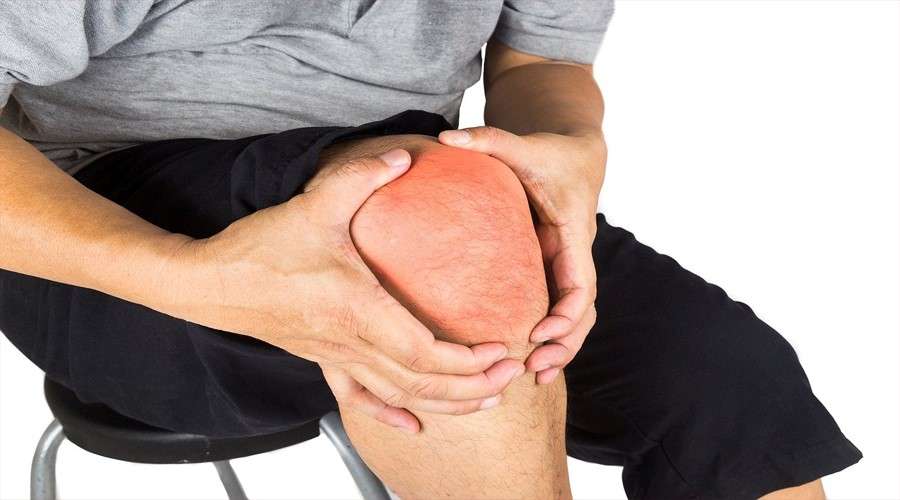Introduction
There are several all-natural techniques to treat, control, or eliminate pain. They consist of herbal remedies, essential oils, and other complementary and alternative treatments. People have used herbs, essential oils, and complementary therapies to reduce pain naturally since ancient times.
Although these possibilities have not been completely investigated by researchers, some data indicates that many people find some treatments helpful. The science underlying 12 natural painkillers is covered in this article. To learn how to manage pain without using over-the-counter medicines, keep reading.
Zero-side –effects
The skin is the most delicate and vital organ in the human body. The first step to healthy skin is to shield it from the elements and refrain from harming it accidentally. Natural substances rapidly permeate our skin because our species has co-evolved with nature, as opposed to the complex man-made compounds that are present in the bulk of skincare products.
Because of this, our skin reacts negatively and becomes prone to rashes, redness, acne, and other issues. When used over an extended period of time, skincare products composed of pure, natural ingredients produce astonishing results without the worry of experiencing any negative side effects or allergies.
Improves Overall Health & Well-being
We have no qualms about using the most recent “cooler” skin care item that everyone is raving about. But if we simply read the product’s components, flip the packaging over, and then look up the properties of those ingredients online, we’ll probably be in for the shock of our lives.
Sodium lauryl sulfate, phthalates, and parabens are chemicals that are present in most cosmetics and skin care products. Because the body perceives natural compounds as food, using natural skin care products does not affect our overall health and may even improve it.
Exercise to get muscles moving
Moving around and getting up may be challenging when back discomfort is present. However, a brief walk, yoga, water aerobics, swimming, or similar low-impact exercise can reduce back pain. Exercise may calm tense muscles and release endorphins, the brain’s natural painkillers.
A person should consider starting a daily exercise routine that mixes strength training and stretching to keep muscles strong and flexible. Future instances of tight muscle-related back discomfort may be avoided with regular exercise.
Use heat and cold
To lessen swelling and ease discomfort, a person might apply hot and cold compresses. Immediately following an injury, such as a strain, ice packs are used. By simply applying an ice pack wrapped in a towel to the back, inflammation can be minimized.
The cold’s numbing impact may alleviate acute, excruciating back pain. To prevent frostbite, people can use specialized cold packs for pain relief or a bag of ice or frozen vegetables covered with a towel. Only apply cold packs for a maximum of 20 minutes.
A heat pad can ease back discomfort by increasing blood flow, which speeds up healing. The guidelines for the heat pad should be strictly followed to avoid burns or scalds. Heat pads might provide relief right away.
A hot water bottle or a cloth bag of uncooked rice can be heated in the microwave if a heat pad is not available.
Natural Pain Relief: Popular Herbal Options
Here are a few typical herbal therapies for pain relief:
1. Capsaicin: Topical capsaicin, which is derived from spicy chili peppers, may be helpful for some people in alleviating pain. Chemical P, a chemical that transmits pain signals from the peripheral to the central nervous system, is depleted by capsaicin, which is how it operates.
2. Ginger: Although additional research is required, ginger extract’s ability to reduce joint and muscular pain is likely due to its phytochemical content, which reduces inflammation. When eaten in tiny dosages, ginger has few known adverse effects.
3. Turmeric: Heartburn, arthritic pain, and inflammation have all been treated with this spice. Although it is unclear how turmeric combats pain or inflammation, it may do so because of the anti-inflammatory qualities of a substance called curcumin. Although using turmeric is mostly harmless, taking it frequently or at high levels can induce indigestion. Those who have gallbladder illnesses should also refrain from consuming turmeric.
Acupuncture
By regulating the body’s inherent energy pathways, this traditional Chinese medicine technique aims to relieve trusted source pain. The term “qi” (pronounced “chee”) refers to the movement of energy.
During this process, acupuncturists prick you with tiny, delicate needles. The implantation site is related to the source of the discomfort. Depending on the qi, a needle may be placed far from the portion of the body that is aching.
Acupuncture may be able to treat discomfort by inducing the body to release serotonin, a “feel-good” brain chemical that lessens pain. Additionally, it is believed to reduce stress and promote the body’s natural healing processes.
What is it used to treat?
Numerous types of pain may be relieved with acupuncture, including:
- knee OA
- migraine
- myofascial pain
- acute and chronic low back pain
- fibromyalgia
- neck pain
Possible side effects
Several possible negative effects of acupuncture have been identified.
Some of the most prevalent negative consequences include the following:
- organ, tissue, or nerve injury
- infections
- allergic reactions
- increased bleeding
- loss of consciousness
Be careful when managing pain
The natural painkillers mentioned above might only help with particular types of pain and might not be beneficial for everyone. However, these natural remedies might at least give you a few options to test out, either on their own or in combination with over-the-counter or prescription drugs.
Do not forget that pain is the body’s warning that something is not right. It could be short-lived, like a strained muscle, but it could also be an indication of a significant health issue that needs medical attention.
Never be afraid to consult a medical professional to ascertain the root of your issue and discuss your treatment options. Additionally, if you have any medical concerns or are currently taking any prescriptions, see a doctor or pharmacist before using any herbal or supplement items.
Conclusion
Every person has physical discomfort. With physical pain, working or doing anything at all becomes more difficult. Although you can attempt some of the home cures described above to relieve your body’s aches, you should see a doctor if your body pain becomes severe and persistent. To lessen the likelihood of any side effects, always confirm with your doctor the proper route, dosage, and duration of any medication recommended.
FaQs
Can we use cinnamon to relieve body pain?
Yes, cinnamon can help you get rid of physical aches. In human research, it was found to have anti-inflammatory qualities and to lessen muscular pain. As a result, it might aid in reducing physical pain. You can make a cinnamon-water brew and consume it. You might also include honey in it.
Can we use a cold compress for body pain?
Yes, you can treat body aches with a cold compress. It has analgesic qualities and inhibits the brain’s ability to receive pain signals. You could therefore get relief from body discomfort by applying a cold compress; you could even massage the sore area with ice cubes or an ice pack.
Can stress and tension cause body pain?
Yes, some of the most typical causes of physical pain are stress and tension. But if the discomfort worsens, you should see a doctor. If necessary, they will advise you to seek therapy. Up until then, rest and meditation may be helpful home cures.
Is Ginger beneficial for body pain?
Yes, ginger may help with body aches. It is quite beneficial in the treatment of aches and contains anti-inflammatory and antioxidant qualities. You can make some ginger tea. Boil some ginger in water to make ginger tea.










